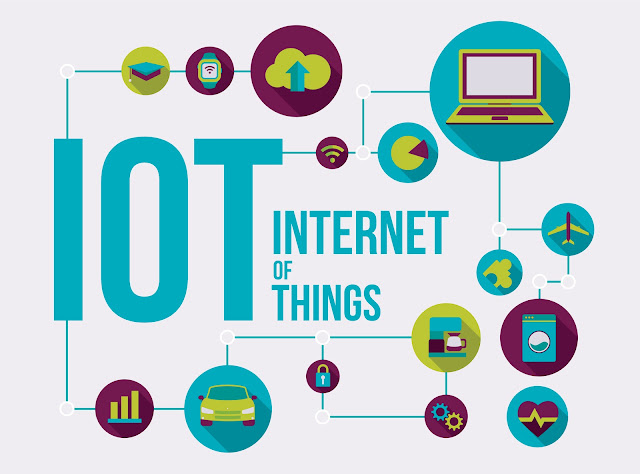The Internet of Things (IoT) is a concept that refers to the network of physical devices, vehicles, appliances, and other objects embedded with sensors, software, and connectivity, allowing them to collect and exchange data over the internet. In simple terms, IoT is about connecting everyday objects to the internet and enabling them to communicate and interact with each other and with humans.
IoT devices can range from small, simple sensors to complex systems. These devices are equipped with sensors or actuators that gather data or perform actions based on the data they receive. The collected data can include information about the device itself, its environment, or the people using it. The devices then transmit this data to a central system or the cloud, where it can be processed, analyzed, and utilized for various purposes.
The key components of an IoT system are as follows:
Devices: These are the physical objects or "things" that are embedded with sensors, actuators, and connectivity capabilities. Examples include smart thermostats, wearable fitness trackers, industrial machinery, home appliances, and even vehicles.
Sensors and Actuators: Sensors are responsible for collecting data from the device or the surrounding environment. They can measure temperature, humidity, light, pressure, motion, and many other physical or environmental parameters. Actuators, on the other hand, enable devices to perform actions based on the received data. For instance, a sensor may detect high temperature, and an actuator can adjust the thermostat accordingly.
Connectivity: IoT devices rely on various communication technologies to connect to the internet and exchange data. This can include Wi-Fi, Bluetooth, cellular networks, Zigbee, or even specialized IoT protocols like LoRaWAN or NB-IoT. The choice of connectivity depends on factors such as range, power consumption, data bandwidth, and the specific application requirements.
Cloud Infrastructure: The collected data from IoT devices is typically sent to a cloud-based infrastructure for storage, processing, and analysis. Cloud platforms provide the necessary scalability, storage capacity, and computational resources to handle the vast amounts of data generated by IoT devices. Additionally, the cloud allows for remote access, data sharing, and integration with other systems and services.
Data Analytics and Applications: The data collected from IoT devices can be analyzed to extract valuable insights, identify patterns, and make informed decisions. Data analytics techniques such as machine learning and artificial intelligence can be applied to detect anomalies, optimize performance, predict failures, or improve user experiences. IoT applications can span across various domains, including smart homes, healthcare, transportation, agriculture, manufacturing, and many more.
The potential benefits of IoT are vast. It has the potential to improve efficiency, optimize resource utilization, enhance safety and security, enable automation and remote control, and provide valuable insights for businesses and individuals alike. However, it also raises concerns regarding privacy, security, data ownership, and the ethical use of the collected information.
As technology continues to advance, the IoT ecosystem is expected to grow exponentially, with billions of interconnected devices shaping our daily lives and transforming industries. From smart cities to connected healthcare systems, IoT is poised to revolutionize how we interact with the world around us and drive the next wave of digital transformation.
Source: Some or all of the content was generated using an AI language model


No comments:
Post a Comment
Contact The Wizard!
(he/him)